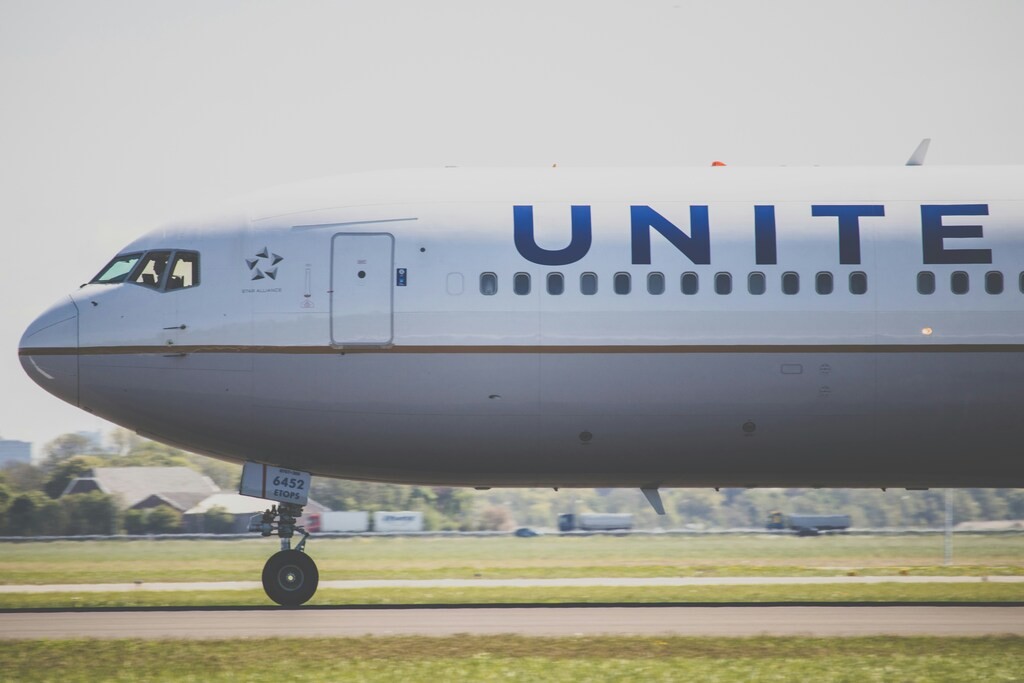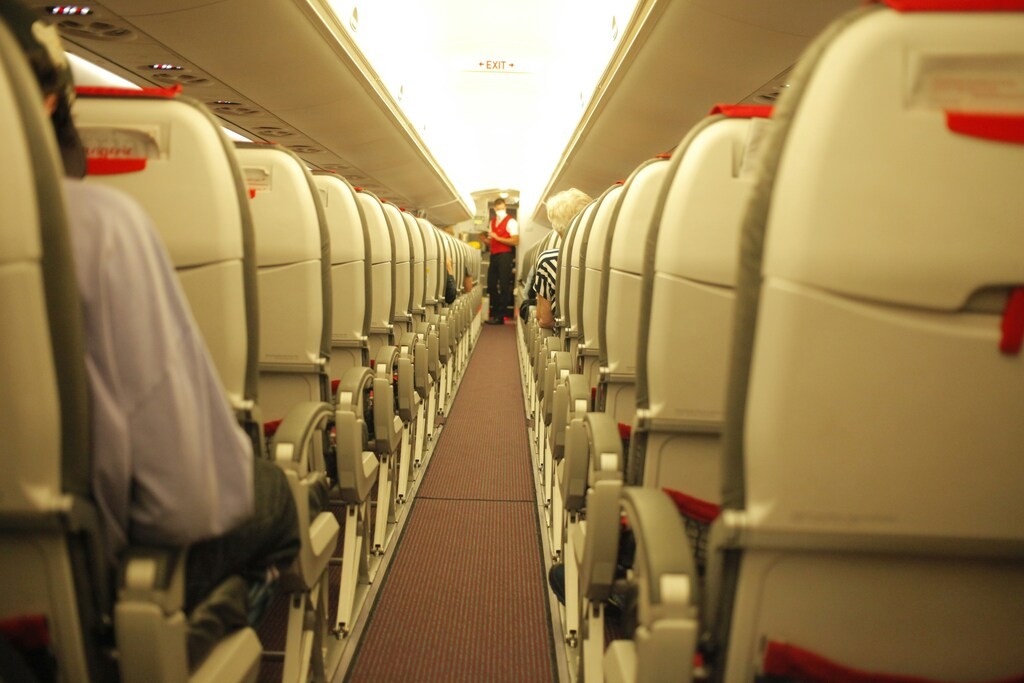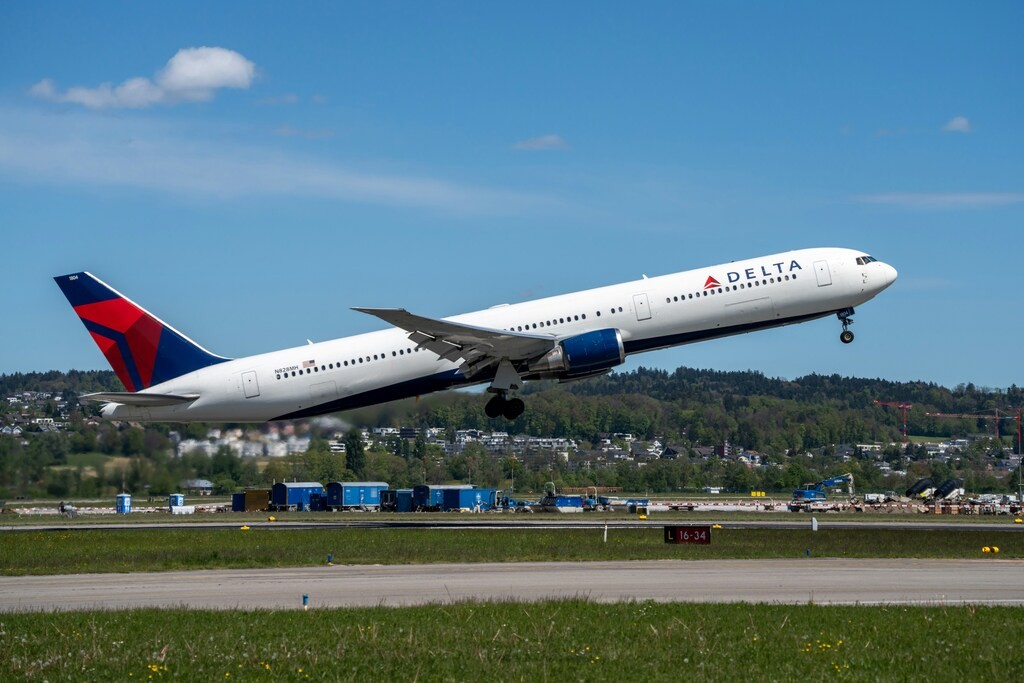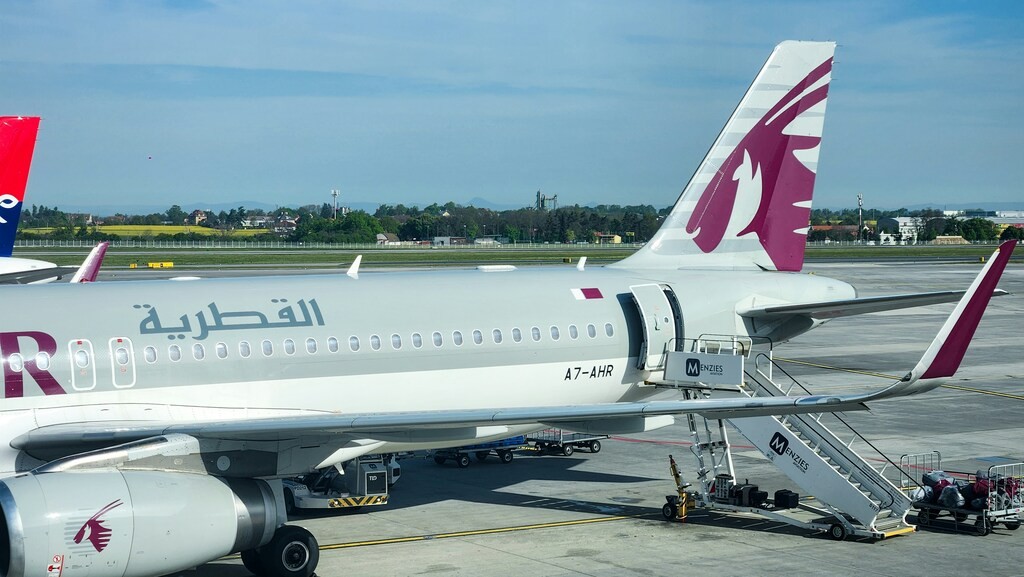The aviation industry, long known for its significant carbon footprint, is undergoing a transformative journey towards sustainability. As climate change becomes an ever-pressing global issue, the need for greener skies has never been more urgent. Airlines, aircraft manufacturers, and regulatory bodies are collectively rising to the challenge, embracing innovative technologies and practices to reduce environmental impact.
Alternative fuels are at the forefront of this revolution. Sustainable aviation fuel (SAF), derived from renewable resources, promises to significantly cut carbon emissions compared to traditional jet fuels. Researchers and companies are exploring various feedstocks, from algae to agricultural waste, in an effort to create fuels that not only power planes but also support a circular economy.
Another promising development is the electrification of aircraft. Electric and hybrid-electric propulsion systems are being designed to minimize reliance on fossil fuels. While fully electric commercial flights are still in the experimental stages, regional electric aircraft are on the horizon, potentially transforming short-haul travel and drastically reducing emissions.
Innovative aircraft design also plays a critical role in this green transformation. Engineers are developing lighter, more aerodynamic structures that require less energy to fly. Concepts such as blended wing bodies and more efficient winglets contribute to fuel savings and emission reductions, paving the way for the next generation of eco-friendly aircraft.
The shift towards sustainable aviation is not limited to technological advancements. Airlines are increasingly adopting practices like carbon offsetting and improving operational efficiency. Measures such as optimizing flight paths, reducing onboard weight, and enhancing ground operations collectively contribute to a greener aviation industry.
As these trends gain momentum, the vision of sustainable air travel becomes clearer. The path to green wings is complex and multifaceted, but with continued innovation and commitment, the aviation industry is poised to soar towards a more eco-friendly future.

Green Wings: Eco-Friendly Trends in Aviation
The aviation industry is rapidly evolving to meet the demands of a more environmentally conscious world. As the impacts of climate change become more evident, the need for sustainable practices in aviation is more critical than ever. Here are some of the most promising eco-friendly trends in the aviation sector:
-
Alternative Fuels:
One of the most significant advancements in green aviation is the development and use of alternative fuels. Sustainable aviation fuels (SAFs) are made from renewable resources like agricultural waste, algae, and even used cooking oil. These fuels can reduce carbon emissions by up to 80% compared to traditional jet fuel.
-
Electric Aircraft:
Electric propulsion is no longer a distant dream. Companies are designing and testing electric aircraft that produce zero emissions during flight. While current models are primarily for short-haul flights, advancements in battery technology could soon make electric planes viable for longer journeys.
-
Hybrid Aircraft:
Combining traditional fuel engines with electric propulsion systems, hybrid aircraft aim to reduce fuel consumption and emissions. These aircraft use electric power for takeoff and landing, where fuel consumption is highest, and switch to conventional engines during cruise, optimizing fuel efficiency.
-
Aerodynamic Innovations:
Improving aircraft aerodynamics is another key area of focus. New designs, such as blended wing bodies and more efficient winglets, reduce drag and improve fuel efficiency. Advanced materials like carbon fiber composites also contribute to lighter and more aerodynamic aircraft structures.
-
Operational Efficiencies:
Airlines are implementing various operational changes to reduce their environmental footprint. These include optimizing flight routes, reducing aircraft weight through lighter interiors, and implementing single-engine taxiing. Enhanced air traffic management systems also help minimize fuel consumption by reducing delays and holding patterns.
-
Carbon Offsetting Programs:
Many airlines are now offering carbon offset programs, allowing passengers to compensate for their flight's emissions. These programs fund projects that reduce or capture greenhouse gases, such as reforestation and renewable energy initiatives.
The journey toward a more sustainable aviation industry is ongoing, with significant progress being made through technological innovation and operational improvements. As these eco-friendly trends continue to develop, the dream of greener skies becomes increasingly attainable.

Innovations in Sustainable Aircraft Design
As the aviation industry faces increasing pressure to reduce its environmental impact, significant advancements are being made in sustainable aircraft design. These innovations aim to cut carbon emissions, improve fuel efficiency, and incorporate eco-friendly materials, marking a new era of green aviation.
Electric Propulsion Systems
One of the most promising developments is the shift towards electric propulsion systems. Electric aircraft, powered by batteries or hybrid-electric systems, produce zero emissions during flight. Companies like Airbus and Rolls-Royce are leading the way, developing prototypes that could revolutionize short-haul flights.
Advanced Aerodynamics
Improving aerodynamic efficiency is another critical area. New aircraft designs, such as the blended wing body (BWB) and more streamlined fuselages, reduce drag and improve fuel efficiency. These designs enable planes to consume less fuel and emit fewer greenhouse gases.
Lightweight Materials
Incorporating lightweight materials such as carbon fiber composites and advanced alloys significantly reduces an aircraft's weight. Lighter aircraft require less fuel, leading to lower emissions. These materials also offer enhanced durability and lower maintenance costs, contributing to the overall sustainability of the aircraft.
Biofuels and Synthetic Fuels
The development and use of sustainable aviation fuels (SAFs) are critical to reducing the carbon footprint of aviation. Biofuels, made from renewable resources like algae and waste products, and synthetic fuels, created using renewable energy, can significantly cut lifecycle emissions. Airlines are increasingly adopting these fuels to power their fleets more sustainably.
Noise Reduction Technologies
Reducing noise pollution is another important aspect of sustainable aircraft design. Innovations such as quieter engines, advanced wing designs, and improved flight paths help minimize the noise impact on communities near airports. These technologies enhance the quality of life for residents and reduce the environmental footprint of aviation.
The combination of these innovations in sustainable aircraft design marks a significant step forward in the quest for greener skies. As research and development continue, the aviation industry is poised to achieve even greater environmental milestones, ensuring a more sustainable future for air travel.

Renewable Fuels for Greener Flights
The aviation industry is making significant strides towards sustainability, with renewable fuels playing a pivotal role in reducing the carbon footprint of air travel. These eco-friendly alternatives to traditional jet fuel promise to lower greenhouse gas emissions and enhance the environmental performance of airlines worldwide.
Types of Renewable Aviation Fuels
Several types of renewable aviation fuels are currently being developed and tested, each offering unique benefits and challenges:
- Sustainable Aviation Fuel (SAF): SAF is produced from sustainable feedstocks such as used cooking oil, agricultural residues, and non-food crops. It can reduce lifecycle carbon emissions by up to 80% compared to conventional jet fuel.
- Biofuels: Biofuels are derived from biological materials, including plant and animal waste. They are renewable and can significantly cut down on carbon emissions when produced sustainably.
- Electricity-Based Synthetic Fuels: Also known as e-fuels, these are produced using renewable electricity, water, and carbon dioxide. They have the potential to be completely carbon-neutral, as they recycle CO2 from the atmosphere.
Advantages of Renewable Aviation Fuels
The adoption of renewable aviation fuels offers numerous advantages that contribute to a more sustainable aviation industry:
- Reduced Greenhouse Gas Emissions: Renewable fuels have a significantly lower carbon footprint, helping to mitigate climate change.
- Improved Air Quality: By reducing pollutants such as sulfur and particulate matter, renewable fuels can lead to cleaner air around airports and flight paths.
- Energy Security: Diversifying fuel sources enhances energy security by reducing reliance on finite fossil fuels and volatile oil markets.
- Economic Benefits: The development and production of renewable fuels can create jobs and stimulate economic growth in the green energy sector.
Despite the promising benefits, challenges such as high production costs, limited availability, and the need for infrastructural changes remain. However, continued investment and technological advancements are expected to make renewable fuels a mainstream solution for greener flights in the near future.

Reducing Carbon Footprint with Efficient Technologies
The aviation industry is undergoing a significant transformation as it embraces technologies aimed at reducing carbon emissions. As global concerns over climate change intensify, airlines and manufacturers are investing heavily in innovative solutions to minimize their environmental impact. These advancements not only promise a greener future for air travel but also bring operational efficiencies and cost savings.
Advanced Aerodynamics
One of the most impactful ways to reduce the carbon footprint of aircraft is through improved aerodynamics. Modern aircraft designs incorporate sleek, streamlined shapes that reduce drag and enhance fuel efficiency. For instance, winglets–upward-curving extensions at the tips of wings–are now a common feature in many new aircraft. These modifications can lead to fuel savings of up to 5%, significantly lowering CO2 emissions on each flight.
Fuel-Efficient Engines
Next-generation engines play a critical role in reducing the environmental impact of aviation. These engines are designed to be more efficient, consuming less fuel while delivering the same or greater power output. Technologies such as high-bypass turbofans and geared turbofan engines have revolutionized the industry, offering up to 20% reductions in fuel burn compared to previous models. Moreover, ongoing research into sustainable aviation fuels (SAFs) holds promise for further reductions in greenhouse gas emissions.
| Technology | Reduction in CO2 Emissions |
|---|---|
| Winglets | Up to 5% |
| High-Bypass Turbofan Engines | 15-20% |
| Sustainable Aviation Fuels (SAFs) | Up to 80% |
In summary, the integration of advanced aerodynamic designs and fuel-efficient engines is crucial for reducing the carbon footprint of the aviation industry. As these technologies continue to evolve, the potential for achieving significant environmental benefits becomes increasingly attainable. By embracing these innovations, the aviation sector can contribute to global sustainability goals while maintaining the growth and connectivity that modern air travel provides.
